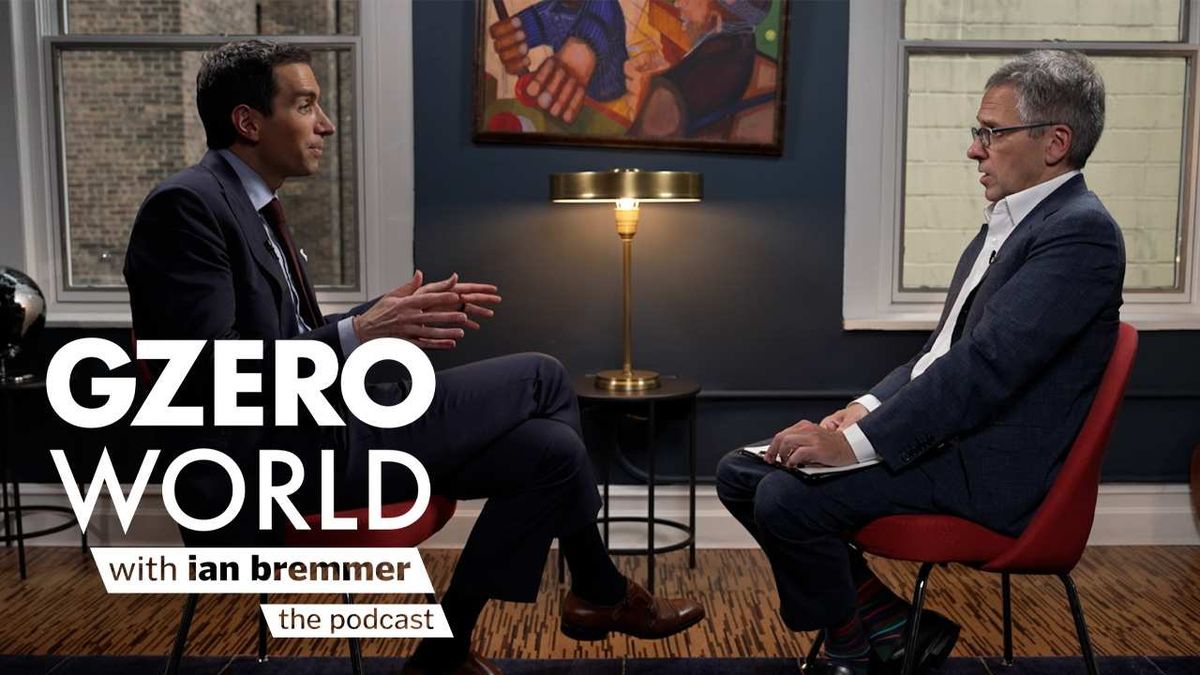In 1929, unchecked speculation and economic hype helped fuel the worst financial crash in modern history. Nearly a century later, New York Times journalist and CNBC anchor Andrew Ross Sorkin sees troubling parallels. On the GZERO World podcast, he joins Ian Bremmer to talk about his new book, "1929: Inside the Greatest Crash in Wall Street History—and How It Shattered a Nation," and whether today’s economy is headed for another cliff.
Sorkin warns that behind today’s AI boom and market exuberance lies an undercurrent of fragility—historic debt levels, shaky private credit markets, and investors chasing returns with little oversight. While the technology behind AI is real, much of the money flooding in feels familiar to those who’ve studied speculative bubbles before. “We're not going to have another 1929,” Sorkin says, “but I think it's very possible. Actually, I would argue it's almost impossible for us not to have another 1999.” He sees eerie parallels between the past and the present: massive speculative investments, surging inequality, and a public increasingly disconnected from financial realities.
But one thing stands out today: silence. Sorkin warns that many CEOs and financial leaders, despite recognizing the risks, are unwilling to speak out publicly. “If we ever get to a moment where we need to make very difficult decisions,” he says, “are there going to be leaders willing to stand up and explain what needs to happen?”
Subscribe to the GZERO World Podcast on Apple Podcasts, Spotify, Stitcher, or your preferred podcast platform, to receive new episodes as soon as they're published

